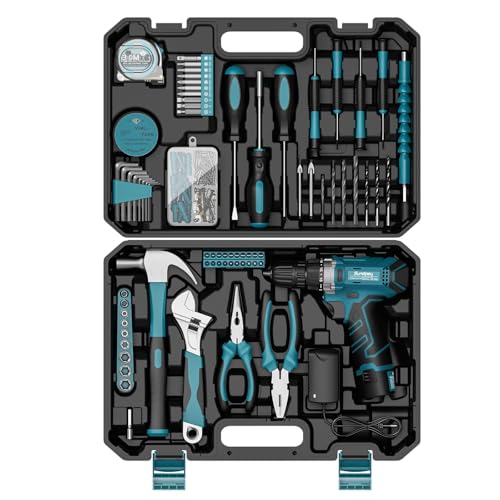tetrahydro
***
- Joined
- Oct 5, 2018
- Messages
- 10
Hello all,
I thought I'd share a bit of my driving strategy that has worked to provide a high level of efficiency/lower battery consumption.
I'm between 12-500ft above sea level during my commute, mostly flat roads with some hills, but nothing too steep for too long. Air temperature is usually between 45f and 75f. Generally no adverse weather conditions, with only light winds. I keep the car in "eco" mode.
Here's the main point of strategy: I drive with the "Economy" data in the instrument cluster. I try to accelerate quickly enough to get inertia to help carry the car out of the 0.5-1.9 mi/kWh range. The idea here is that keeping at 2-4.5 mi/kWh of consumption is where there's enough power to move the car quickly, without staying in that high-torque/high-drain area of initial acceleration.
The second point of strategy: getting off the accelerator pedal as-much-as-possible! I try to bump the car up to speed, and then let it roll. Sometimes it's called "gliding" and sometimes it's called "coasting". Whatever you want to call it, keeping off the accel. pedal is key to efficiency!
The third point of strategy: I don't use cruise control! You shouldn't either! I use regeneration Level 1 to trim the speed on downhill sections of road. I use B mode when approaching signal lights. Other than that, keep the energy consumption under your own control, and don't get lazy.
Using these three methods, I was able to travel 44.5 miles on the highway and only consumed 22 miles of energy. That's because for 50% of driving I had my foot off the accelerator and let the car glide. The rest of acceleration was done such that I never dipped below 2 mi/kWh. I regenerated sparingly, kept climate control off, and did not have music or the infotainment screen activated.
This style of driving is very pro-active and not for everybody. But splitting consumption in half is worth it! I will be doing a longer range test soon, and will post an update.
I thought I'd share a bit of my driving strategy that has worked to provide a high level of efficiency/lower battery consumption.
I'm between 12-500ft above sea level during my commute, mostly flat roads with some hills, but nothing too steep for too long. Air temperature is usually between 45f and 75f. Generally no adverse weather conditions, with only light winds. I keep the car in "eco" mode.
Here's the main point of strategy: I drive with the "Economy" data in the instrument cluster. I try to accelerate quickly enough to get inertia to help carry the car out of the 0.5-1.9 mi/kWh range. The idea here is that keeping at 2-4.5 mi/kWh of consumption is where there's enough power to move the car quickly, without staying in that high-torque/high-drain area of initial acceleration.
The second point of strategy: getting off the accelerator pedal as-much-as-possible! I try to bump the car up to speed, and then let it roll. Sometimes it's called "gliding" and sometimes it's called "coasting". Whatever you want to call it, keeping off the accel. pedal is key to efficiency!
The third point of strategy: I don't use cruise control! You shouldn't either! I use regeneration Level 1 to trim the speed on downhill sections of road. I use B mode when approaching signal lights. Other than that, keep the energy consumption under your own control, and don't get lazy.
Using these three methods, I was able to travel 44.5 miles on the highway and only consumed 22 miles of energy. That's because for 50% of driving I had my foot off the accelerator and let the car glide. The rest of acceleration was done such that I never dipped below 2 mi/kWh. I regenerated sparingly, kept climate control off, and did not have music or the infotainment screen activated.
This style of driving is very pro-active and not for everybody. But splitting consumption in half is worth it! I will be doing a longer range test soon, and will post an update.

































